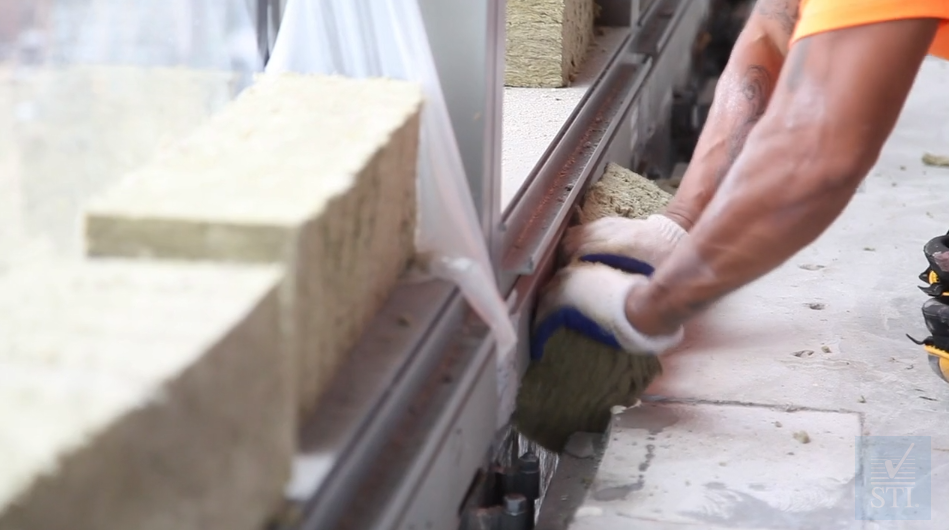Fire Containment
What Is Firestopping?

Containment Overview
Firestopping is an integral part of fire protection engineering. Firestop systems protect against the passage of flames, deadly gases and toxic smoke through openings that are created for penetrations, joints and gaps in fire-resistive walls, floors and floor/ceiling assemblies. The integrity of fire-rated assemblies is restored by firestop systems. Building codes require third-party tested systems to be installed whenever fire-rated construction is compromised by such openings.
Active fire suppression includes mechanical systems, such as sprinklers, that are designed to suppress fires after they have started. Passive fire protection functions to contain fires within the areas in which they start, preventing loss of life by preventing the products of combustion (smoke, hot gasses and flames) from spreading throughout a building.
Fire is a dangerous enough phenomenon that redundancy in fire protection is necessary. Having passive protection in place helps assure building occupants that there will be time to exit before gases, fire and smoke spread throughout the building. If active systems fail, then there is still a passive system in place for life safety.
Total passive fire protection cannot be achieved with the use of a singular product. It is the use of many products designed for specific applications that comprise a complete passive fire protection system. When installed properly, these products work in concert with one another to create effective barriers against the passage of flames, smoke, and superheated gases. Used in conjunction with other fire protection methods, properly installed passive fire protection will save lives, protect property, and minimize business losses
To confine a fire to the zone of origin, for a specified time, thereby preventing fire spread and leaving more time for safe evacuation of the building occupants. Specifically engineered containment systems are used as enclosures in instances where specific identifiable hazards within a building need to be independently isolated from the remainder of the building. Fire-resistive enclosures used for containment are subjected to fire exposure conditions specified in various related test Standards.



